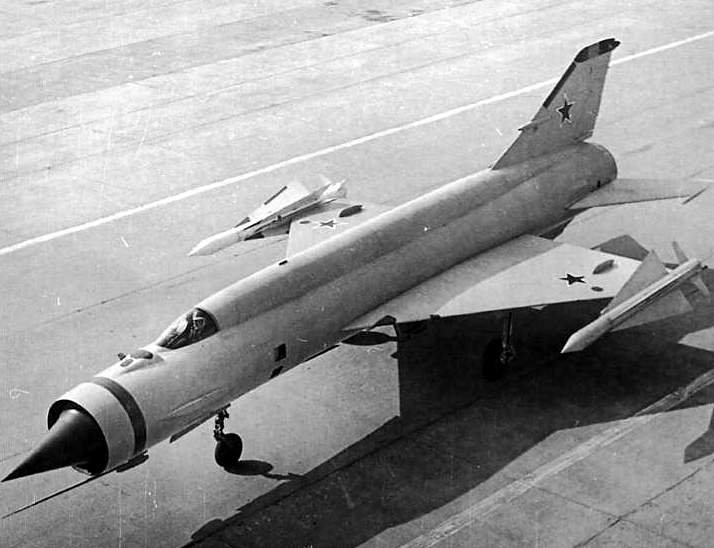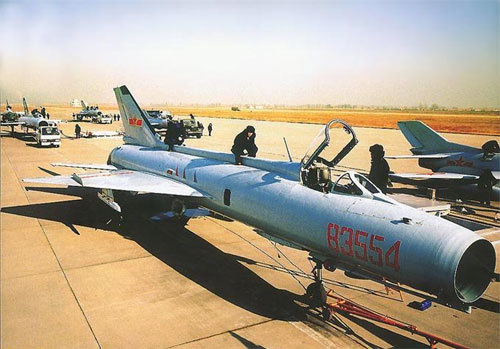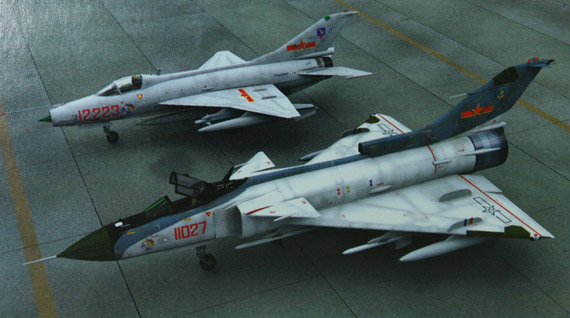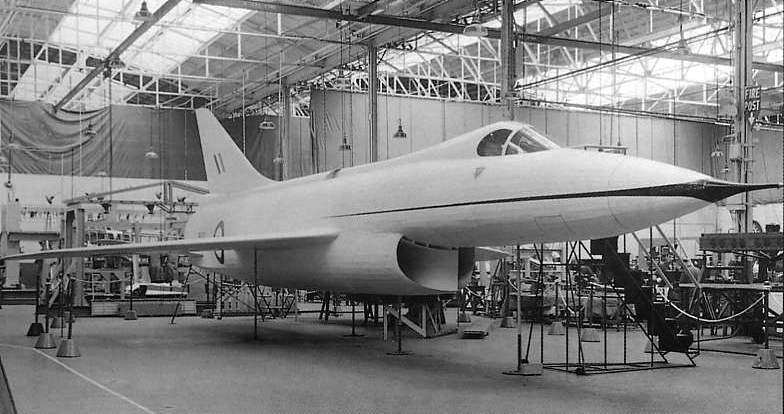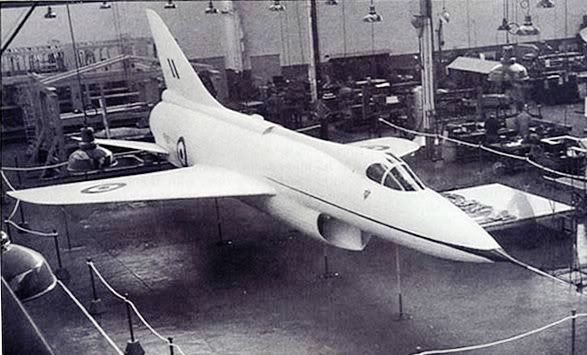Delta Force
Banned
The Mikoyan-Gurevich Ye-8 was a development of the MiG-21, and was originally slated to replace the design in production. The Ye-8 moved the air intake underneath the fuselage, allowing the powerful Sapfir-23 radar and two Vympel R-23 missiles to be equipped. Depending on how closely the Ye-8 followed its MiG-21 design heritage, it may also have been capable of mounting a GSh-23 23mm cannon. Aircraft performance was to be further improved with the addition of canards and the new Tumansky R-21F-300 engine.
After the Tumansky R-21 engine exploded during a test flight, the Ye-8 was canceled in favor of the MiG-23. Additionally, the Sapfir-23 radar system was delayed even on the MiG-23, forcing early aircraft to rely on the RP-21 Sapfir radar.
Assuming that these development problems could have been overcome (with the Sapfir-23 arriving on schedule), how might the Ye-8 have fared in service? Might it have led the United States to peruse a similar improvement program for the Northrop F-5 or otherwise develop a more competitive day fighter for service in the USAF and/or friendly air forces?
Also, to help with visualization, here's a photograph of the Ye-8:
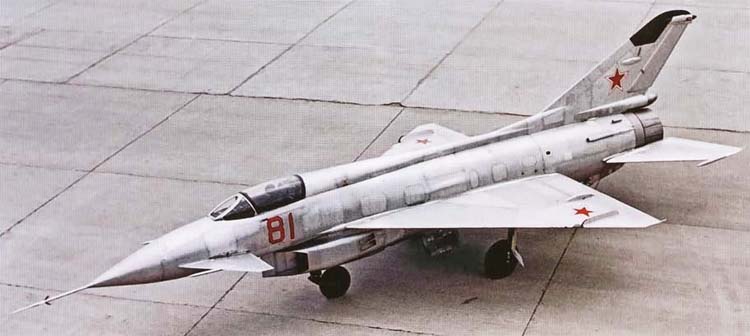
After the Tumansky R-21 engine exploded during a test flight, the Ye-8 was canceled in favor of the MiG-23. Additionally, the Sapfir-23 radar system was delayed even on the MiG-23, forcing early aircraft to rely on the RP-21 Sapfir radar.
Assuming that these development problems could have been overcome (with the Sapfir-23 arriving on schedule), how might the Ye-8 have fared in service? Might it have led the United States to peruse a similar improvement program for the Northrop F-5 or otherwise develop a more competitive day fighter for service in the USAF and/or friendly air forces?
Also, to help with visualization, here's a photograph of the Ye-8:

